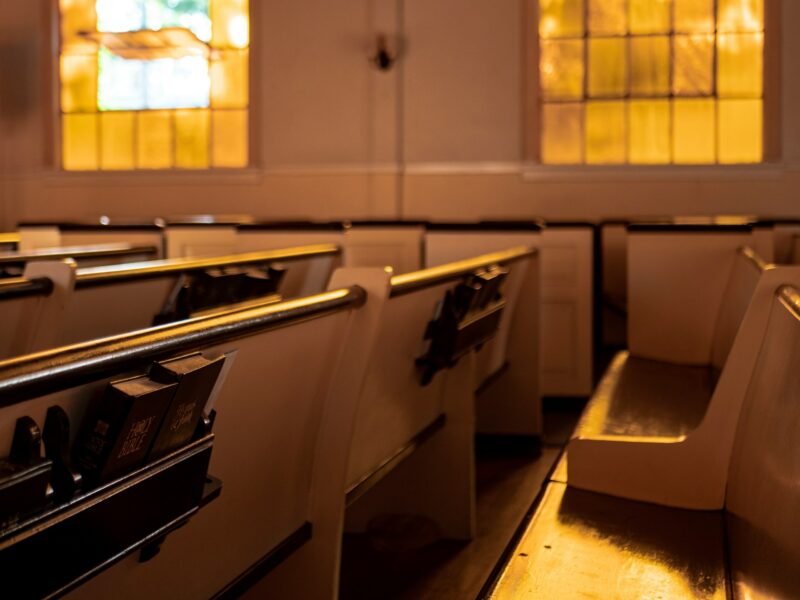Being a bishop and a parish clergyman, I basically do not have that much time for systematic research, so many of the things that I find out come to me accidentally. For example, earlier this week I was looking for something on the Württemberg Confession and Google produced an article entitled “Lutheran Influences on the Elizabethan Settlement, 1558-1563” by Hirofumi Horie (The Historical Journal, Vol. 34, No.3, Sept 1991, pp.519-537) which detailed the political background to the 1559 Book of Common Prayer, and the Articles of Religion. Whilst it did not tell anything that I did not know, it did put it together in such a way that it compelled me to look beyond the usual theological, cultural, and personal influences that lay behind foundational documents of the English Church and demonstrated that there were clear foreign, as well as domestic, policy reasons for the nature of the Settlement.
Historians have long speculated why the Elizabethan Settlement was more conservative than that of 1552-3. The general tendency has been to attribute this to theological causes – for example, a desire to conciliate Catholic-leaning individuals to prevent rebellion; cultural reasons – the English tendency to be conservative about institutions; or personal reasons – Elizabeth was more conservative than her councilors, and at heart was a closet Catholic or Lutheran. Whilst all three of these were a factor, there are two more influences that are at play. The first was that there was still a vague hope of uniting Lutherans and Reformed into a single Evangelical Church which had driven Cranmer’s proposals in the wake of the Leipzig Interim to hold a great Evangelical Council as a counterbalance to Trent. The second was Elizabeth and England’s perilous political position at the beginning of the reign.
Although John Knox permanently alienated Elizabeth by publishing “A First Blast of the Trumpet Against the Monstrous Regiment of Women” in 1559, it must be conceded that the tract accurately reflects the sixteenth century’s attitude to women rulers. At best, they were regarded as misfortunate, and at worst a disaster. Most hoped that they would marry quickly and wisely so that a man would be in charge. Although Elizabeth was Henry VIII’s daughter, she had been conceived out of wedlock, and had been declared illegitimate after her mother’s execution. Her royal status had been tacitly restored towards the end of Henry VIII’s reign, not least by his will which named her after Edward and Mary in the line of succession and cleared the way for her accession to the throne, though clearly there were those unhappy about that event. Protestantism was also politically problematical. Lutheranism had been granted temporary toleration within the Holy Roman Empire by the Peace of Augsburg of 1555. However, the Reformed Churches were still out in the cold, and were to remain there until the Peace of Westphalia in 1648. When the Palatinate became Reformed in 1560-3, the Elector was careful to ground his ‘Reformed’ faith on a Lutheran document, the Augsburg Variata of 1540, and commissioned his theologians to prepare a new catechism which we know as the Heidelberg Catechism which appeared in 1563. All of this created a reasonable fear in the mind of Elizabeth, Sir William Cecil, and her Council that a strongly Reformed settlement would result in France assisted by Scotland would attempt to invade England and topple Elizabeth in favor of her cousin Mary, Queen of Scots, or else that Spain would try to influence events in England by stirring up revolt or cooperate with France in bringing about regime change.
Elizabeth’s early foreign policy was therefore devoted to the twofold aim of preventing both the immediate threat of a war with France, and the more distant danger of a Franco-Spanish alliance against England. Although Elizabeth’s own preferences, and those of her council, were towards Protestantism, too overt an alignment with the Reformed cause could be politically dangerous, so it became the official policy to seek a Settlement that was “like Augsburg” – a reference to the Confessio Augustana of 1530. This involved blowing a certain amount of smoke in the direction of the Emperor, the French, and the Spanish, whilst at the same time securing a defensive alliance with the Lutheran powers in High Germany. The most responsive of these powers was Württemberg, which under Duke Christoph had emerged as one of the major Lutheran states, but this willingness to ally with England came at the price of England adopting “the Augsburg faith.” In the context of the years around 1560 this could mean the Unaltered Augsburg Confession, the Augsburg Variata, the Saxon Confession, the Württemberg Confession, or a similar document. The Palatinate and at times various Low German cities were also involved in the negotiations, which were intended to provide England with a continental ally in the event of an attack by France-Scotland, or Spain.
It can be seen from the brief sketch that the path towards a Settlement was influenced by political as well as theological considerations, with a major priority being the achievement of a Settlement which would not be seen as being radically different to Augsburg. The Government commenced by having Parliament pass the Act of Supremacy, and the Act of Uniformity. The former amended the title “Supreme Head” to “Supreme Governor,” which made little practical difference but sounded a bit less presumptuous and more fitting for a woman. The Prayer Book annexed to the Act of Uniformity had its Reformed credentials softened by the omission of the Black Rubric, which was primarily an explicit rejection of a localized Real Presence of Christ in the Lord’s Supper, but it could also be applied to the Lutheran doctrine of Ubiquity. The 1559 Revision also added the 1549 formula for administering Communion to that of 1552, giving the rather lengthy words of administration that we still have in the 1928 Book of Common Prayer, and finally, the Ornaments clause was added to the Act of Uniformity. This was echoed by a rubric before Morning Prayer in the new Prayer Book – the ever-controversial Ornaments Rubric.
As for the revision of the Forty-Two Articles, that had to wait until the convocation that met in the winter of 1562/3. At first, it seems that consideration was given to adopting the Augsburg Confession, but this seems to have been dismissed early on because the returning exiles generally aligned with the Reformed in matters of theology. Instead, a committee under Parker undertook a revision of the Forty-Two Articles which was submitted to Convocation in January 1562/3, where it was amended. The Articles aimed at the Anabaptists were removed, as the threat from the Radical Reformation had receded, whilst Parker made a series of amendments, such as those to Articles 5, 6, and 11, derived from the Württemberg Confession. The Articles were then submitted to the Queen, who suppressed Article 29, the one most likely to be offensive to Lutherans, before they were allowed to be printed. Thus, a Settlement sufficiently “like Augsburg” was enacted just as the threats from France, Scotland, and Spain began to recede.
Whilst there is undoubtedly a political element, it would be a grave mistake to regard the Elizabeth Settlement as being primarily political, because strong cultural and theological influences were present too. Although the English Reformation was far from being a popular movement, after the religious persecution of Mary I’s reign, most of Elizabeth’s subjects were looking for moderation and stability and were not overly bothered whether that came in Catholic or Protestant form. Elizabeth and much of her Council were inclined both culturally and theologically towards Protestantism but were not irreversibly committed to a particular school of theology. As a result, they tried to find a middle course which would make it possible for them to achieve a large measure of religious consensus at home and allow them to cooperate with the Protestant states in Europe. The essential moderation of the Elizabethan Settlement had both theological and political goals, and although it came in for a good deal of criticism both at the time and subsequently, it served its purpose well in providing a National Protestant Church to which most Englishmen could belong. As time passed it fleshed out theological, liturgically, and culturally to become the third strand within the Evangelical tradition, what today we call Anglicanism.







'Further Thoughts on the Elizabethan Settlement' has 1 comment
January 7, 2022 @ 12:27 pm Robert Placer
Bishop Robinson you have presented a very clear and thorough analysis of the theological, political, and cultural background to the Elizabethan Settlement which over time would define the Anglican Way of being a Christian in a national English Church. This via media between Zurich and Wittenberg did not please the extreme ends within the English Church but did over time form a consensus that became the Anglican Church.